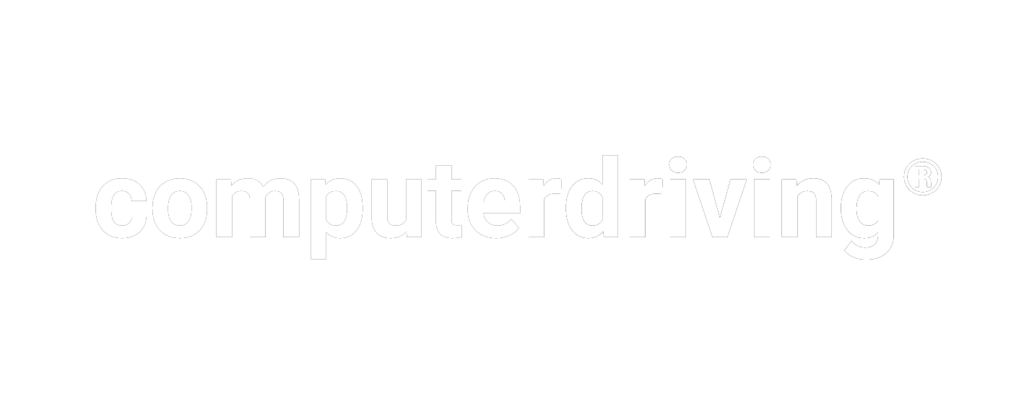How Chrome works with a Google Account: When Chrome is signed into with a Google Account, Google apps are automatically signed into (such as Gmail, Google Calendar, Google Photos, Maps, Search) and any passwords used to sign into website accounts are saved to the Google Account. See Google Account intro in the Web and Internet knowledge area

